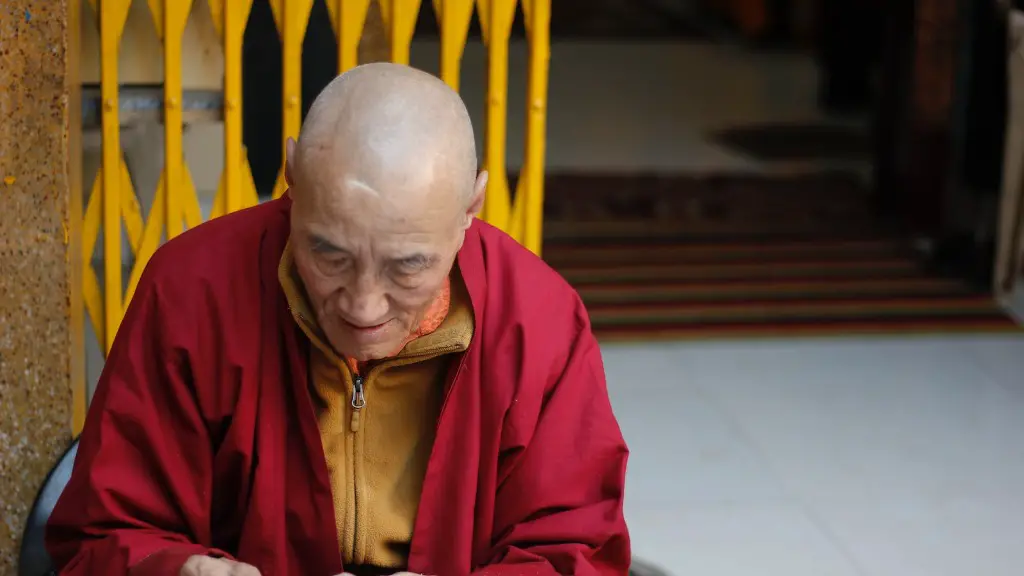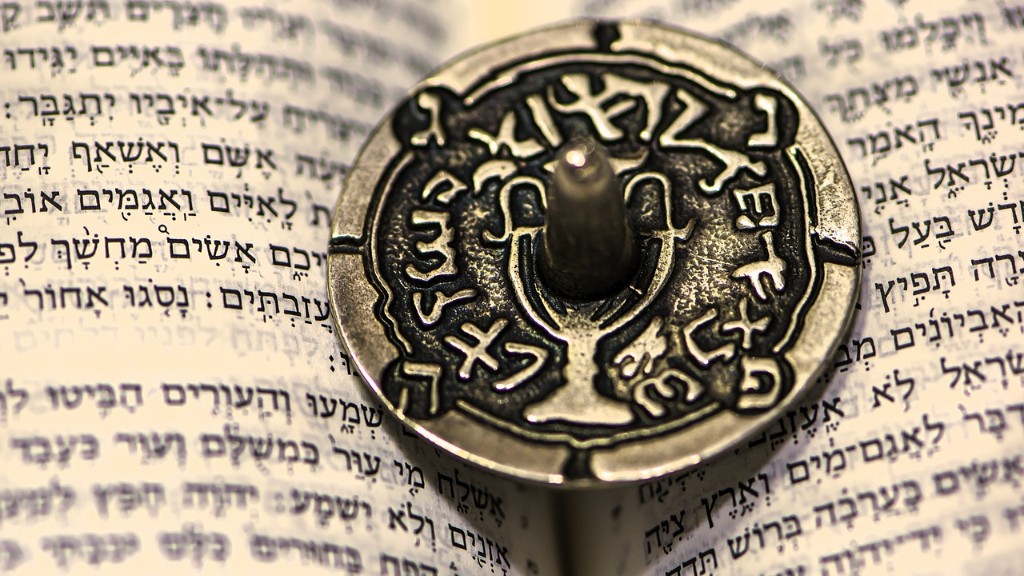Evolution Of The Norse Religion
Before the Vikings converted to Christianity, they were polytheistic pagans. Norse mythology is most famously known as the religion of the Vikings, made up of stories involving gods and goddesses, as well as heroes and villains. These stories told of the creation myth, the fall of the gods, and epic battles fought between them. This mythology surrounded elements of nature and the world, revered ancestor worship and the importance of family and loyalty.
The mythology serves as a backdrop for the typical Viking story: a hero’s journey and the martial spirit of Viking culture. Though the myths were very important to the Vikings, their religion was very adaptable and changed with their experience of the world. As the Vikings explored the world, they adopted new beliefs and myths from other cultures, and eventually even Christianity.
Christianization Of The Vikings
Before the Viking Age, it is believed that Norse religious practices were fairly decentralized and loosely facilitated. This meant that when Christianity started to come to the Norse region, it was easy to implant. Though they adopted many aspects of Christianity, they clung to their own cultural affiliation and Norse customs, beliefs, and values.
King Haakon I was the first to officially adopt Christianity, and soon afterwards other rulers followed. The Christianization of the Vikings was mostly due to political reasons, as they wanted to gain acceptance by the powerful European Christian nations. The main factor in the acceptance of Christianity was the missionary work; these holy men worked hard to spread the word of God and convert the Norse people to Christianity. Initially, the pagans viewed Christianity as just another religion; it was much easier for them to accept it than to reject it.
While the Viking conversion to Christianity was not always done for spiritual reasons, their beliefs slowly started to overlap and their religious practices changed to accommodate this new faith. Though pieces of Norse tradition remained, the new Christian beliefs slowly overpowered and replaced the traditional beliefs and practices.
Vikings Preserving Their Traditions
Despite the Viking’s conversion to Christianity, they still preserved many of their ancient traditions. For example, the Vikings still believed in the power of the gods and goddesses, though the names and stories changed to those of the Christian faith. The practice of sacrificing animals to the gods was changed to become a donation to the Church. Odin, the main Norse god was replaced by God. Thor was replaced by St. Olaf.
Many of the Christian beliefs were still based upon Norse mythology and the Viking culture. For example, the Viking Norse world was still divided into the three regions of Asgard, Midgard, and Hel, though the stories surrounding each changed to reflect the new faith. This meant that the Vikings could still revere their monarch and honor their deceased warriors in a Christian way.
The Practice Of Christianity In Viking Times
Though the Viking conversion to Christianity may have originally been to gain favor with other Christian nations, it eventually came to be sincerely practiced in the Viking region. Churches built along the North Sea and amidst the Viking settlements became the center of the community. Christian festivals replaced the pagan rituals, and prayer was a part of the everyday life of the people.
The Viking religion was a mix of Norse tradition and Christian faith. The conversion did not happen overnight and the Viking people still kept many of their traditional practices and beliefs. Though Christianity slowly took over Norse religion, it also incorporated many parts of it for the Vikings to still practice.
Changes In Practices After Conversion
The impact of the Viking conversion to Christianity was felt in all areas of life. For example, many of the Viking’s usual diversions such as drinking, music, and poetry, were replaced with Christian feasts, choir singing, and Bible readings. The Viking’s way of life was changed immensely and the once booming economy and social system was now reflected in a Christian moral code.
The use of runes, which were used in all aspects of life during the Viking Age, was replaced by the Latin alphabet. This meant that most of the literature written by the Vikings could be translated into Christian texts, reflecting the changing ways of the people. In addition, the Norse way of organizing and governing was replaced by the Christian structures. For example, in the 8th century, the Archbishopric of Hamburg-Bremen was established, marking the beginning of the Catholic Church’s presence in the region.
Effects Of Christianization In Viking Society
Though the pagan roots of Viking society were still visible in their culture, beliefs and practices, the change to Christianity had a long-term impact on the people. This new faith shaped the Vikings for generations to come and their descendants still practice the Christian religion. Many of their iconic myths and stories were preserved for future generations to revere, and the Viking’s heroic qualities were passed down through their Christian faith.
The Christianization of the Vikings, though controversial in its early days, became integral to their society. On the surface, it may have seemed like the Norse mythology was completely forgotten, yet evidence still remains in the form of stories, imagery, and artifacts. And while there is no denying the immense impact of Christianity in the Viking region, their mythology and culture still remain part of their heritage and identity.
The Legacy Of Conversion To Christianity
Today, the legacy of the Viking conversion to Christianity lives on in the North. Norse mythology and Pagan beliefs still have a strong presence in the region and many people have adopted the faith and incorporate it into their daily lives. In addition, many regions of the North have adopted the Latin alphabet and integrated it into their daily lives.
The Viking conversion to Christianity also had an impact on their art and literature. During the Viking Age, many of their stories were written in runes, yet after the Christianization of the region, these writings were translated into Latin. Christianity has had a significant influence on the culture and art of the North and this is still evident today.
Conclusion Of The Norse Religions
In conclusion, the conversion of the Vikings to Christianity had a long-lasting impact. It changed their culture and religion, as well as their art and literature. The Norse religion is still very much alive today and still has an undeniable presence in the North. Though the Christian faith unified the North, the pagans still have much of their culture and beliefs, which have been passed down through generations.

